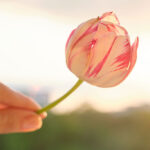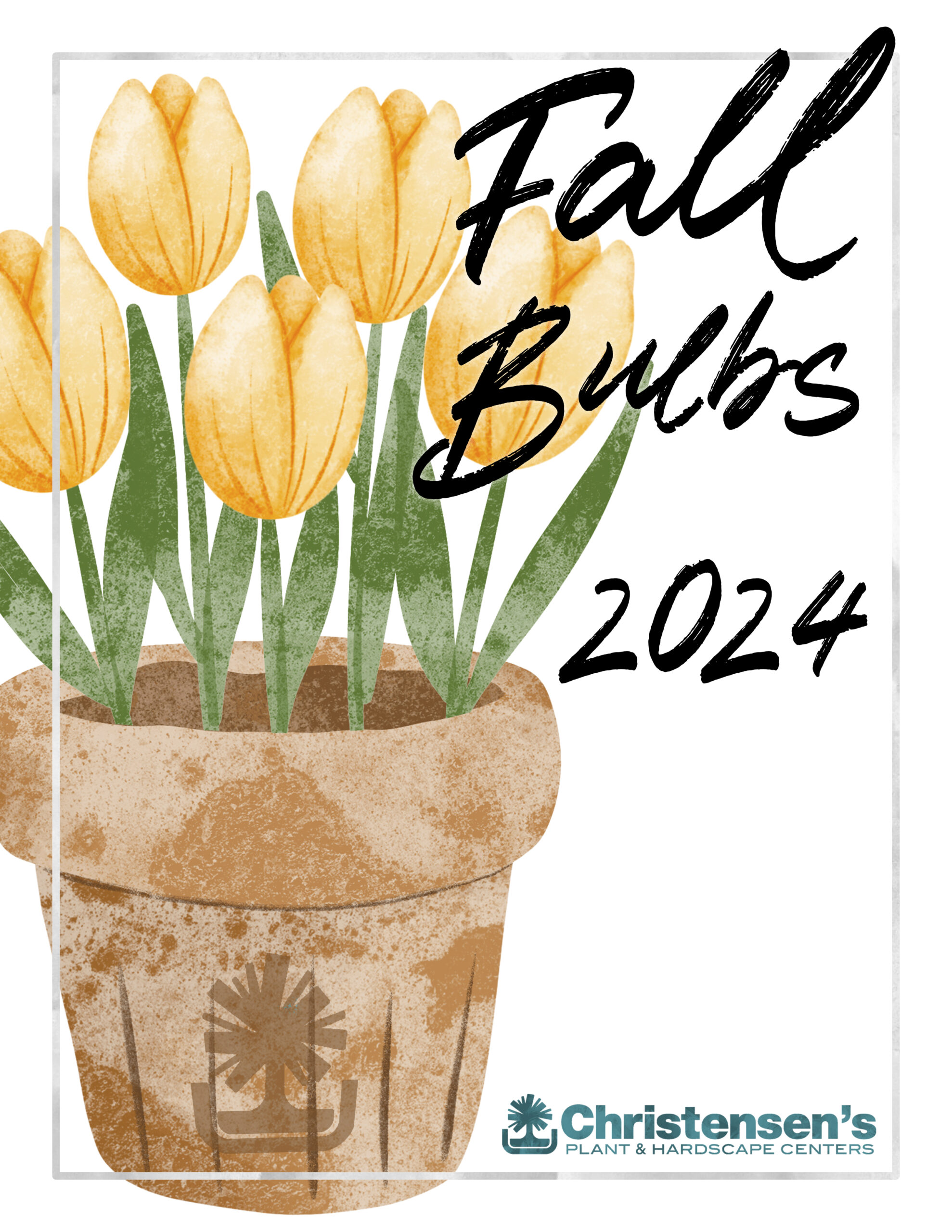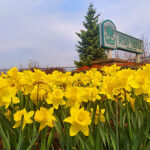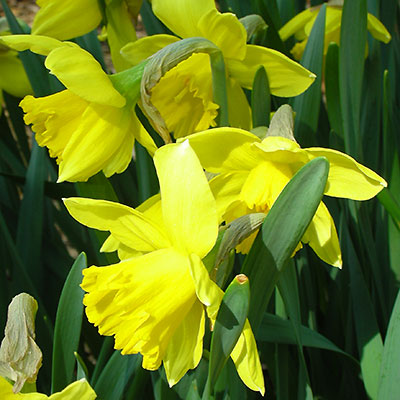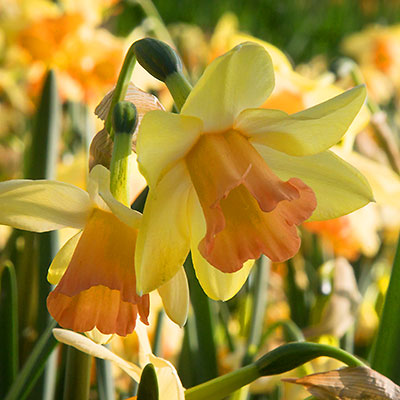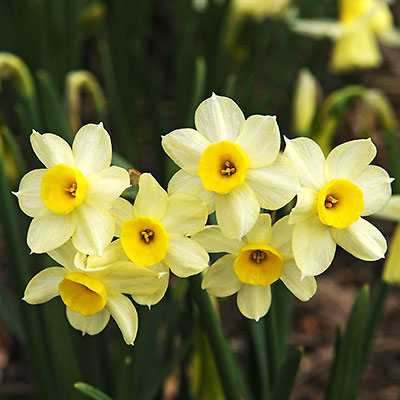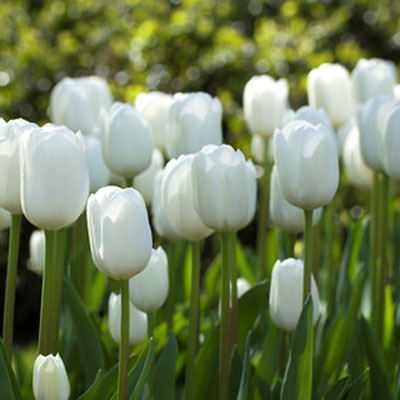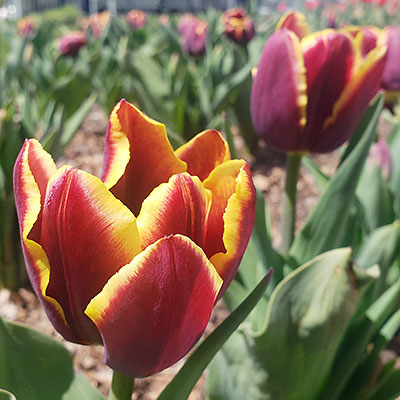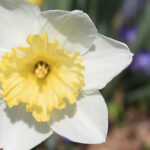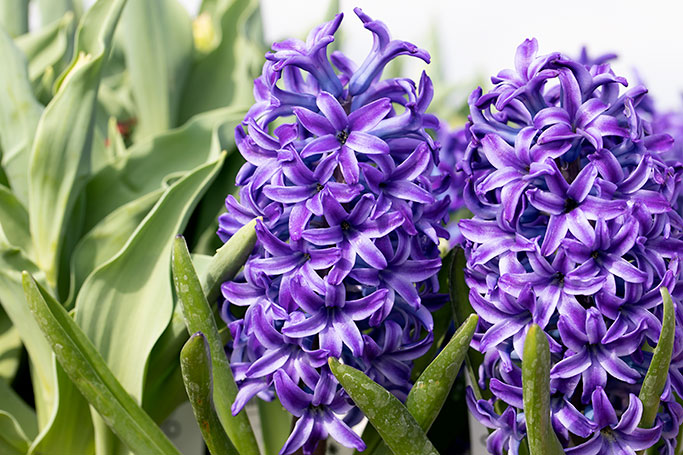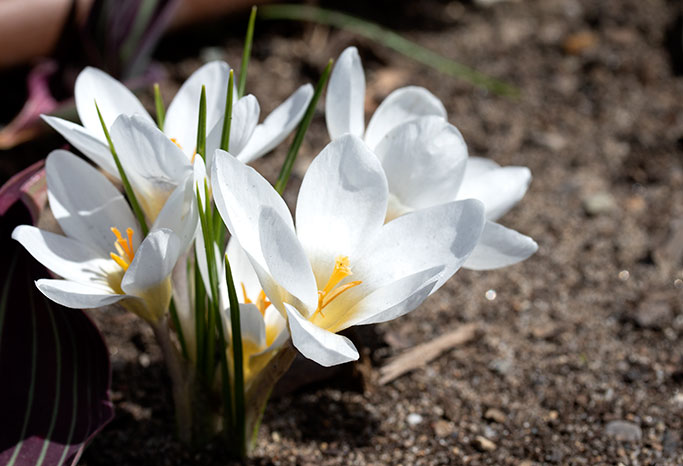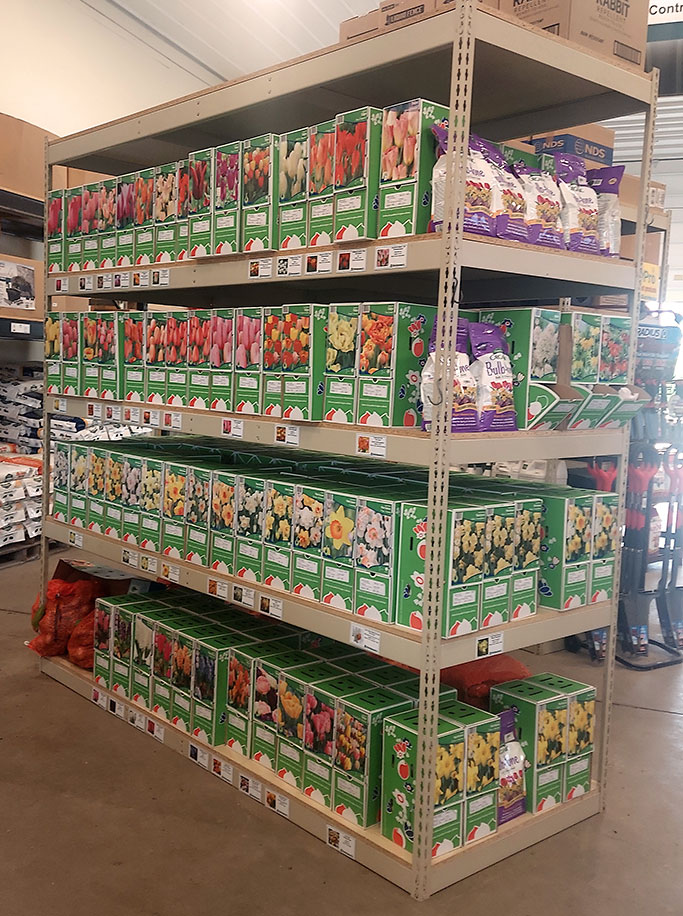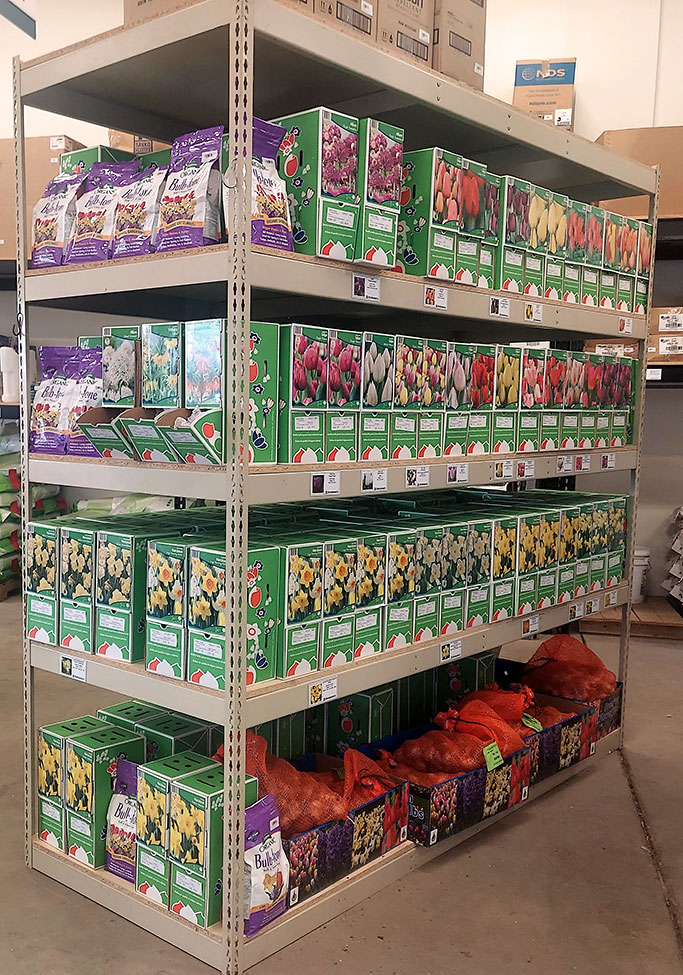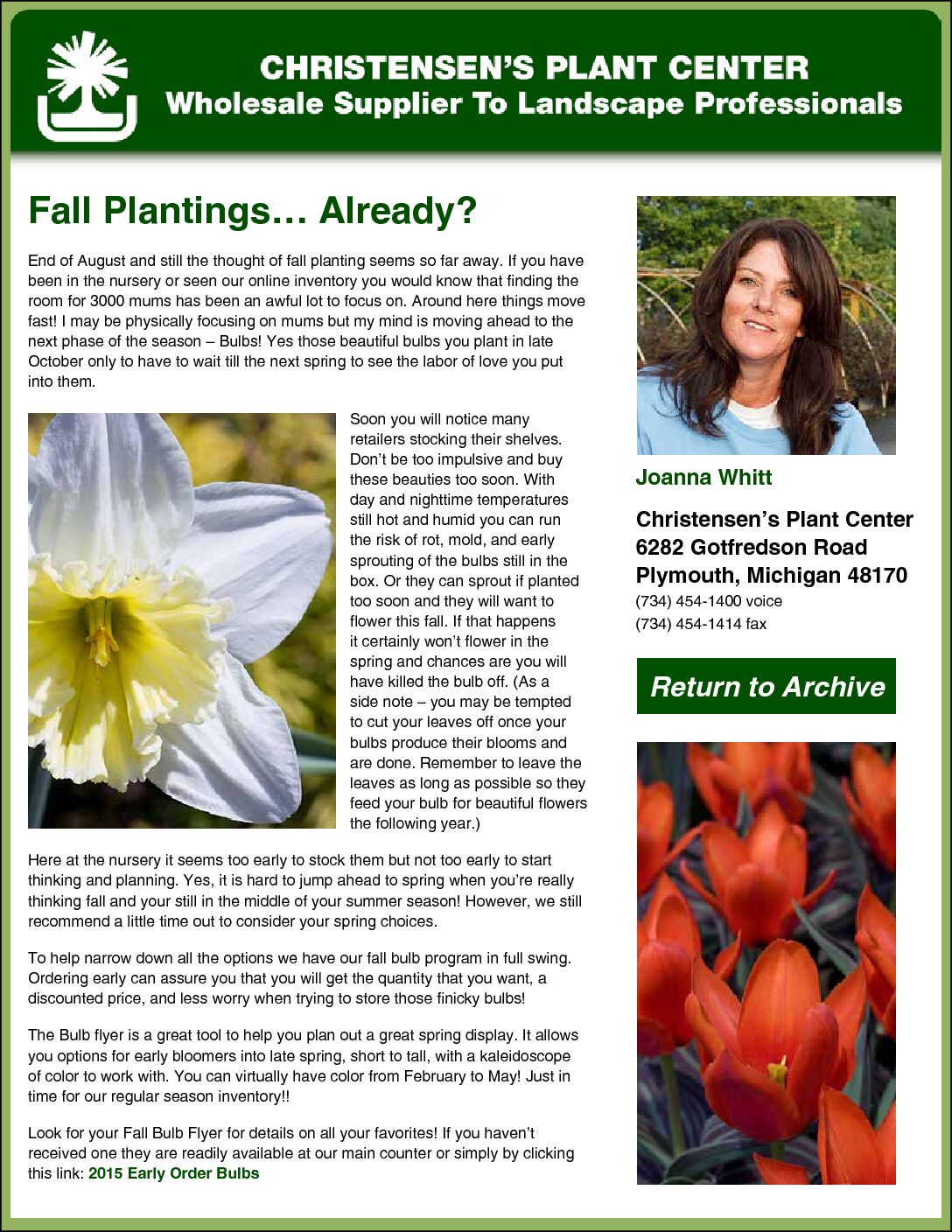Can your heart break for a plant? My heart has been broken by men, dogs, cats, and one particularly painful financial (but also sentimental) loss, but I never thought it could break for a flower… until I spiraled ‘down the rabbit hole’ of tulips. (Thanks, Betsy, for introducing this captivating subject to me.)
Of all the flowers in horticulture, the Tulip might be the most intriguing. A modern homeowner may associate the Tulip with spring, bulbs, and maybe the Netherlands without ever realizing the crazy, rich history of these flowers. While no Sticks & Stones article could touch all of the facets of Tulip history, I’d like to share some points that were tragically shocking to me. Who knows? Maybe you’ll find a future Jeopardy answer or an intriguing conversation starter for your next tradeshow within this article. I hope I don’t break your heart as well, but we all know that misery loves company.

While the average homeowner, if asked, would probably say that Tulips come from Holland. A ‘fact’ that is reinforced by the Holland, Michigan Tulip Time Festival every year. However, Tulips, veritably, came from central Asia and were first cultivated in Iran (Persia) in the 10th century. Before they were prized in the Netherlands, tulips were a symbol of power in the Ottoman Empire. The Dutch botanist Carolus Clusius is believed to be one of the first to plant tulip bulbs in central Europe. Clusius’ variegated tulips were so coveted that he was often the victim of theft.
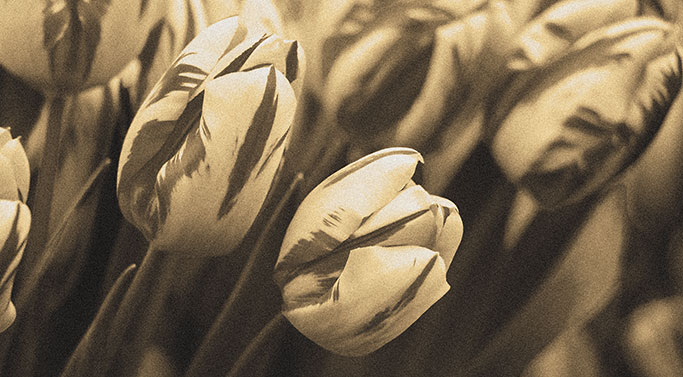
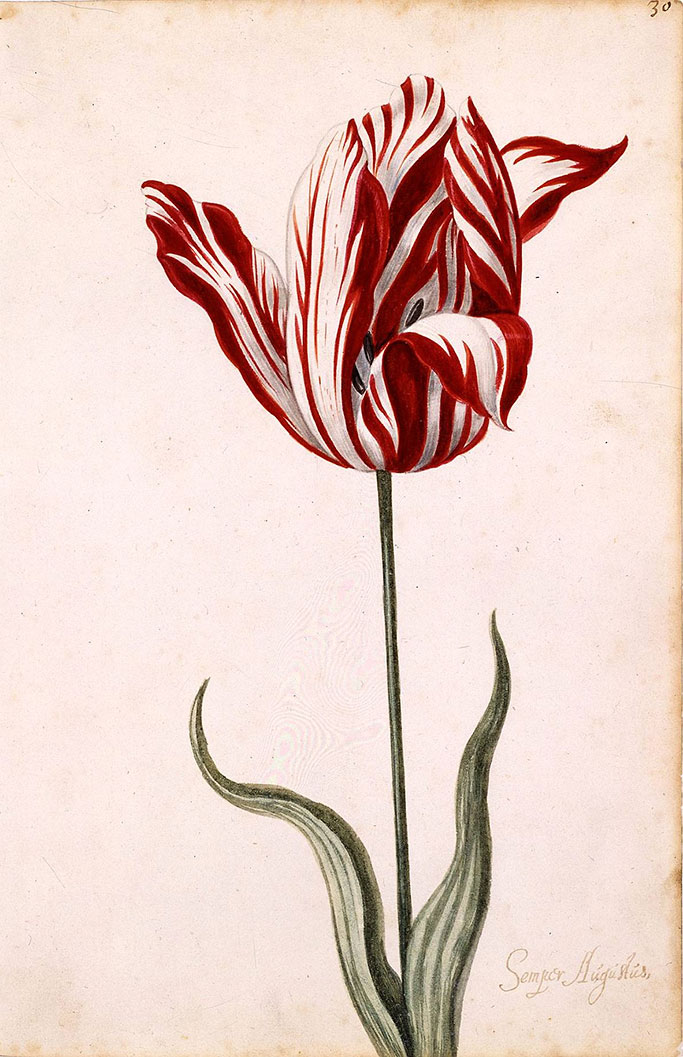
Less than 50 years after introduction to the continent, tulips skyrocketed in value and were traded for the cost of a nice house. Called ‘Tulip Mania’ or tulipomania, they were their own form of currency and became a popular subject for artists and poets. We most often hear of this craze affecting Holland, but it actually engulfed most of Europe.
During ‘Tulip Mania’ one plant emerged as the most valuable for being both rare and beautiful. It was called the Semper Augustus and few people actually saw it bloom, but because the owner wanted to commemorate the brief blossoms and artists were so enamored with tulips at the time, some paintings were done to immortalize the white and red coloration. Ironically, the nickname Rembrandt Tulips sticks with broken tulips, but Rembrandt himself very rarely painted them.
Alas, Semper Augustus (and many others of the time) were ‘broken’ tulips. Broken tulips are varieties that are infected by a virus (Tulip breaking virus or TBV, a potyvirus) that affects their petals causing patterns of flames and feathers. The virus that makes them so beautiful eventually kills them making the blooms wilt quicker and depleting the energy in the bulbs. Worst of all, it is contagious (to other tulips, carried most often by aphids) and the bulbs carry the virus to the next generation of bulbs until they slowly disappear.

In modern times, we know all about viruses and the effect they can have on a crop. Broken tulips are carefully regulated and quarantined away from healthy tulips so the virus does not spread. Unfortunately, in the 17th century, widespread knowledge of viruses was limited and eventually led to the first modern stock market, an economic bubble and crash. If we want to delve into the economics of Tulip Mania, we’ll have to do it another time, as the financial implications would require a whole other article (or two).
But wait, don’t we see broken tulips at Christensen’s each year? Well, no. Yes, you can see a similar coloration. Modern hybridization has evolved to create look-alikes of the Rembrandt tulips. Nowadays, you can pop into the plant center to buy (or pre-order!) Carnaval de Rio, Quebec, etc... and have your very own Semper Augustus look-alike without the danger of a plant virus overtaking your landscapes.
Beautiful paintings and woebegone stories still sentimentalize the history of the broken tulips, even now. Movies like Tulip Fever set during tulipomania, add to the legend with its tragic love story.
The deeper I looked into what should be a factual history, the more my heart ached with melancholy for the lost variations of tulips and the people who's lives were devastated by the financial ruin.
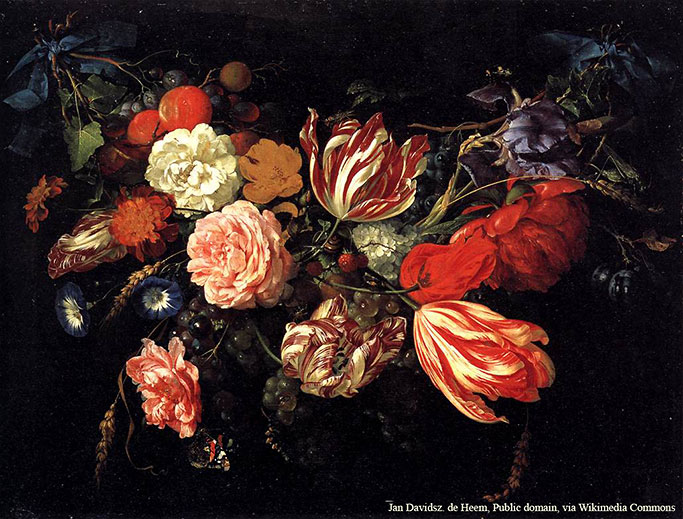
This is, of course, a very simplified article. If you would like to get deeper into Tulip History, these articles are a good place to start.
https://www.atlasobscura.com/articles/semper-augustus-tulip-netherlands
https://www.nytimes.com/2017/05/11/science/broken-tulips.html
https://apsjournals.apsnet.org/doi/pdf/10.1094/PDIS.2000.84.10.1052

It's time to order Fall Bulbs from Christensen's!
By pre-ordering, you can assure that you get exactly the varieties you need at the early order discount. Place your order before the deadline of Wednesday, September 4th, 2024.
Click here to see the Fall Bulb flyer.
(Password is the same as the App/Availability)
